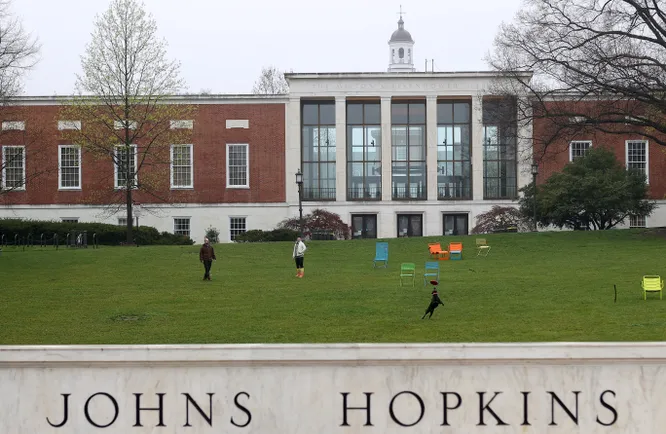Education providers are accountable for agent performance, but they don’t currently have the tools needed to do the required proactive monitoring and ongoing management. They need a system that works.
But let’s take a step back. There are three groups that need to work together effectively in an international student visa system – students, agents and education providers. If two of these three groups are not acting in good faith, there is a risk that the system will be exploited to make money.
It’s a disaster if all three are disingenuous. The result is what we’re seeing right now with the government issuing this first tranche of warning letters.
Much of the problem lies within what is called an agent-aggregator model. While some aggregators do a great job, we are now seeing the effects of questionable actions taken by some.
It’s unclear how much the agent pool used by Australian education providers has increased during the past 10 years, but the complex network of aggregators, agents and sub-agents have undoubtedly played a role in breaking the current system.
When education providers work with aggregators, they do not have a direct relationship with the agents contracted by the aggregators, or clear visibility of their sub-agent networks. This means they have no contractual ability to penalise those who are guilty of dodgy practices.
Even if an agent is terminated by an education provider, they can still get students into the same provider via an aggregator. It’s a big loophole that is being exploited by a few bad actors in the sector. We’ve also seen a rise in onshore poaching, where dodgy agents convince students to switch education providers after they have arrived in Australia.
It’s worth acknowledging that there are many credible agents with strong processes in place, but we need to weed out those who are simply driven by the opportunity to make money with no regard for anything else.
Using data to measure performance
So, what to do? It would be a game-changer if the government made it mandatory for education providers to send data to the Australian Skills Quality Authority and the Tertiary Education Quality and Standards Agency on a regular basis.
This would enable these quality assurance (QA) bodies to take corrective actions as and when needed, rather than having to take extreme, knee-jerk action after everything goes pear-shaped, as we’re seeing right now. Issues would be spotted every month instead of compounding over many years.
These QA bodies need to play an active role in clearly identifying and specifying the parameters around managing the performance of agents. The quality assessment needs to be based on measurable data and not on subjective perceptions.
This wouldn’t be difficult to do. Relevant data points to be considered would include admission application conversion rates, visa approval rates, withdrawal rates, and visa cancellation rates.
With a transparent visa system in place, providers will be able to attract the right students
Associating visa-related rates (ie. approvals, cancellations and withdrawals) with education providers would require the introduction of a more transparent visa system, which providers could also use to attract the right kind of students. Modernisation of the Provider Registration and International Student Management System (PRISMS) is a step in the right direction.
But the government can do more. With a transparent visa system in place, providers will be able to attract the right students who not only meet their admissions requirements, but also the government’s visa requirements.
Measures could include asking students who intend to change education providers or downgrade their qualification once they arrive in the country to reapply for their visa, preventing non-genuine students from “jumping ship” and thus deterring dodgy providers.
There could also be a requirement for students to pay for their first year of tuition upfront and deposit their first year’s living expenses into an approved bank account, reducing fraudulent financial activity by a small few and ensuring students have the finances in place to pursue their studies without having to rely on part-time employment.
The reactive response currently being implemented by the government is ultimately doomed to failure. What we need instead is a more proactive approach that delivers lasting benefits for Australia’s higher education sector and better career outcomes for international students.
Collectively, we need to come together as a nation with the common goal of re-establishing Australia as a world-leading education destination.
#Australias #international #student #visa #system #broken #fixed










